What Is Quality Control in Microbiology?
In order to track the quality of work performed in a laboratory, certain systems need to be in place. A microbiology laboratory analyzes samples and can also check that industrial or scientific processes are operating correctly. Quality control in microbiology therefore uses documentation to record what happens throughout a process and to pinpoint issues that affect these processes.
Hospitals, industry, and research are fields in which microbiologists are active. In order to get the most accurate results possible, he or she needs to follow rules. These rules ensure that materials are fit for the purpose, that analysts are trained correctly, and that procedures are followed properly. In this way, mistakes can be reduced, and the source of a problem can be identified.
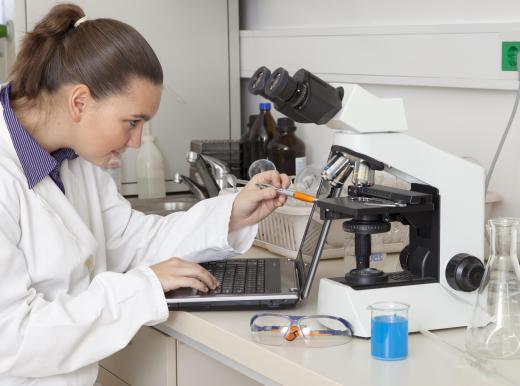
Microbiologists identify microorganisms, such as bacteria and fungi, for a living. The importance of this depends on the field they work in. Food safety is one such example. Manufacturers of food products may need a microbiology lab to check if any dangerous microbes are present in the food.
Pharmaceutical companies make drugs to be used on humans or animals. If the product is contaminated with microbes, this can adversely affect the patient. Contamination is especially dangerous if the product is an injectable medication, where microbes can be introduced directly into the body.
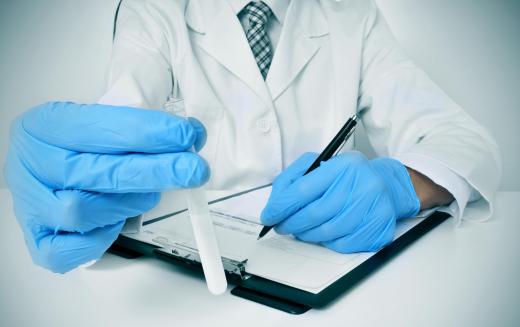
Hospital microbiologists test samples from ill patients. If they can find a microbe that is causing a disease, then doctors can treat the patient effectively. Research microbiologists analyze microbes for scientific purposes, and their findings may be important for public health or for future research.
Correctly identifying a microbe that is present in a certain area is the aim of any microbiologist. Once the microbe is identified, a microbiologist may also have to track down the source of contamination and remove the problem. He or she may also have to advise on the correct method to resolve the issue and prevent it happening in the future.
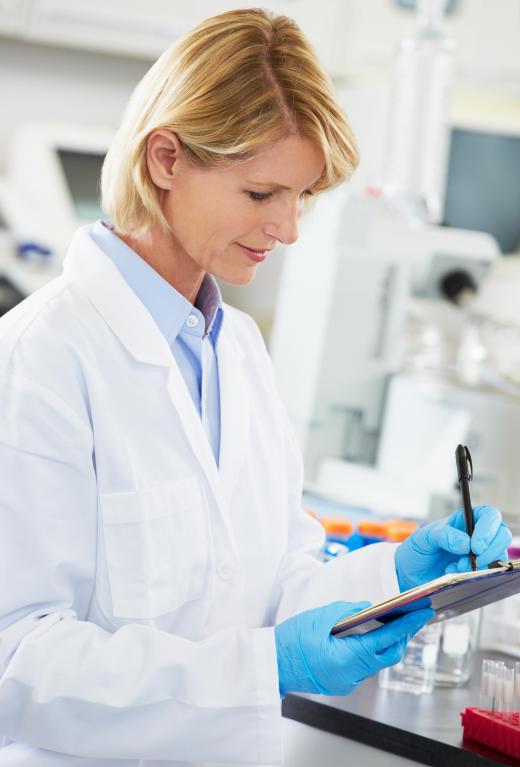
Central to these responsibilities is the accurate identification of the microbe involved. Microbiology tests are easily contaminated with other, irrelevant microbes, which make the entire test inaccurate and all future actions useless. Quality control in microbiology is therefore extremely important for the testing to be useful.
Lab analysts need to know the right way to perform tasks. To learn these, they can follow training procedures, which lay out in writing the best way to perform tasks. Each procedure is the same for every analyst. Part of quality control in microbiology is to keep the records of training to show that an analyst knew how to perform the task properly.
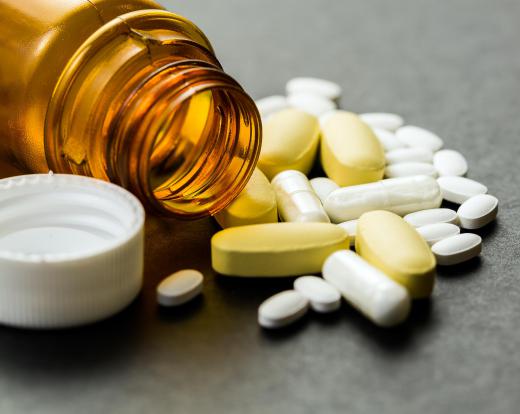
Then, an analyst needs to follow the rules for each particular test he or she does on samples. These rules prevent the test from being contaminated and ensure that, if relevant microbes are present in the sample, the test will identify them. A typical test procedure, which is called a standard operating procedure (SOP) in some fields, spells out the way to handle the sample, how to work the equipment, and at what temperatures and times a sample is incubated. All steps of the test also need to be recorded in detail by the analyst.
Equipment in the laboratory also needs to do its job properly. Quality control in microbiology can also extend to the equipment. Analysts and engineers record in writing if the equipment is functioning and remove it from use if it is not.
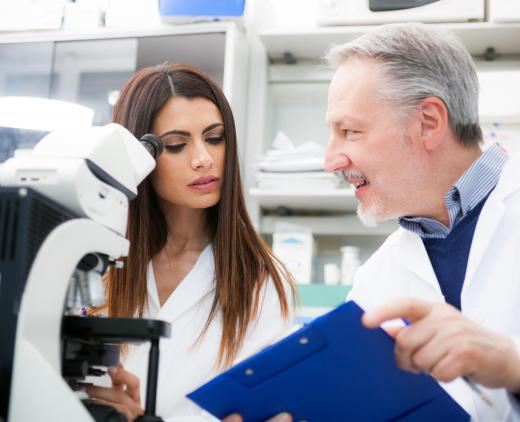
In an industry such as pharmaceuticals, the term quality control can also refer to an entire department. People working in the quality control (QC) department check the products and raw materials for contamination. They also check the parts of the factory involved in making the product for possible sources of contamination.
If a microbiologist finds contamination in a sample, then he or she can look back through the quality documentation to ensure that nothing went wrong or was done incorrectly in the testing process. If this documentation is not present, an analyst cannot rule out mistakes as a cause of the contamination. Quality control in microbiology is therefore a method of ensuring that results are valid and can be acted on. All of the rules also give analysts good procedures to follow so that they can do the work to a high quality.
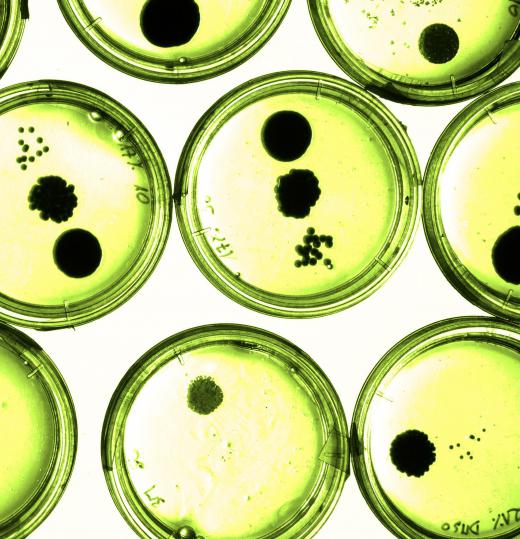
Quality control in a microbiology lab may be checked by outside regulatory bodies. The U.S. Food and Drug Agency is one such organization that checks the documentation of many companies such as those that produce pharmaceuticals. Each country generally has its own regulatory bodies for laboratories operating in various fields.
AS FEATURED ON:
AS FEATURED ON:

















Discussion Comments
@Mor - That might be true, but researchers still need to be able to replicate their experiments. That's why quality control is so important. If you don't have control, then you won't be able to replicate your findings. If you can't do that, then the data is essentially worthless.
@clintflint - Interestingly, often discoveries result from people who don't decontaminate as well as they ought to. Penicillin was discovered because mold got into a sample and the scientist noticed that it managed to kill the bacteria there.
That might seem to be something that doesn't happen these days, but only a couple of years ago I read about someone forgetting to clean their petri-dishes properly and discovering some new behavior of their cell samples that no one had ever noticed before.
It seems a lot of science is about observing the accidental rather than deliberately trying to make something happen.
This is so important and so difficult to get right. In hospitals, instruments need to be sterilized at extremely high temperatures in order to be considered safe, because not all microscopic organisms will be killed at the temperature of boiling water.
But, once you've started to grow a sample, it's not like you can sterilize anything that you don't want on there because you might kill or damage the organism that you're studying. So you've got to make sure that you get it right in the first place.
Post your comments